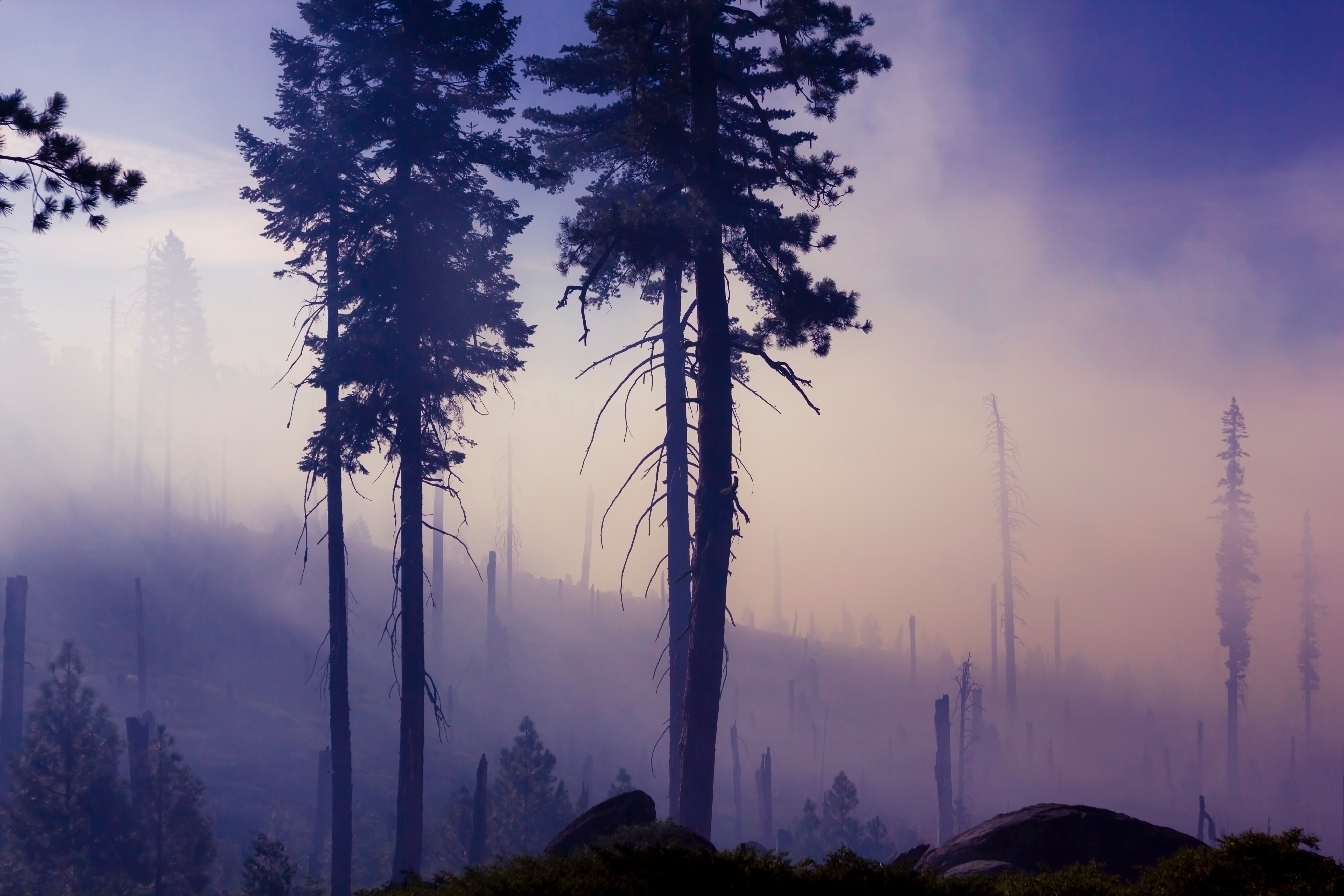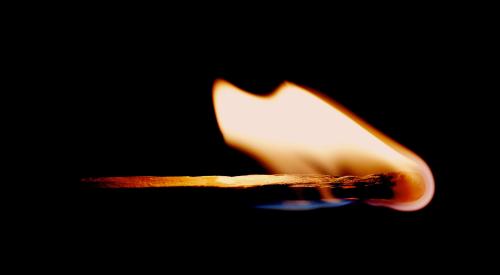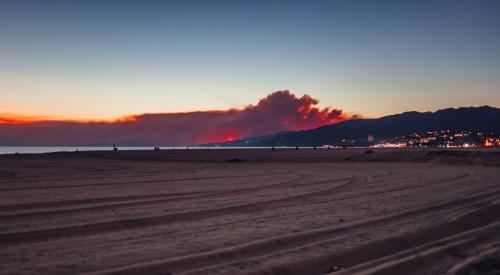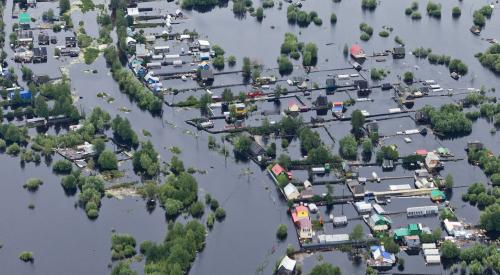California's Camp fire, deadliest in state history, and Woolsey fire are the latest in a series of wildfires devastating residents and homes. New research is tackling how to reduce risk despite the increasing frequency and scale of the fires.
Researchers in South Carolina argue that even though wildfires may be inevitable in some ecosystems, better design can minimize the negative impact, and improve the chances that nearby homes won't burn. In the Insurance Institute for Business & Home Safety's lab, machines throw embers onto a full-sized home to recreate the way that many wildfires spread and destroy communities, and as it turns out, small details in a home's design matter a lot: depending on the materials used for the roofing, gutters, decking, screens, and more, a house's chance of igniting either goes up or down, Fast Company reports.
“If you are in a community, then this whole effort has to be a community-wide approach, and pretty much people have to be all-in in the community, because I can be the cause of your home igniting if I don’t do what I need to do,” says Steve Quarles, the organization's former chief wildfire scientist and current consultant.
In rural areas, the design of a house and the land around it can also help determine whether it survives. In the rolling hills of Sonoma County, one recently built house made it through the devastating fires of 2017. In that case, the fire nearly reached the house, but the architects credit stone walkways that buffered the home from the burning native grasses surrounding it.











